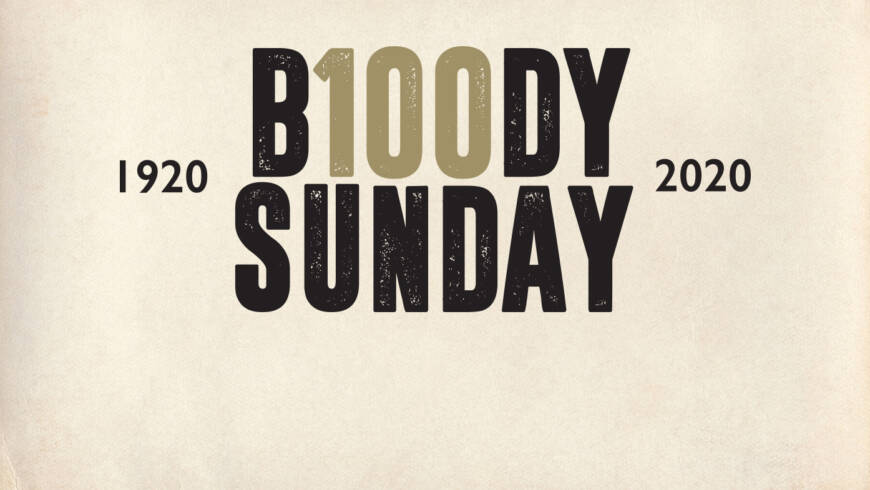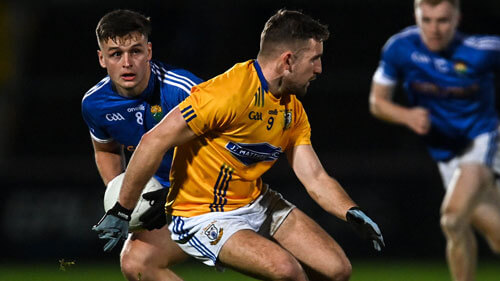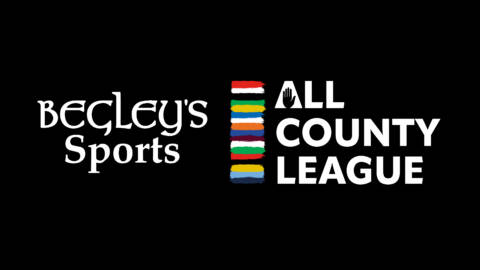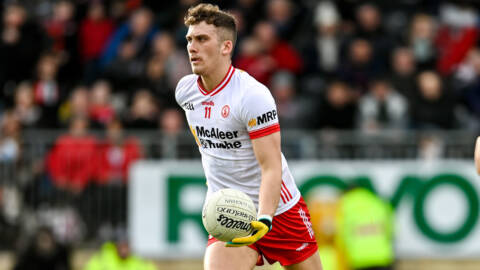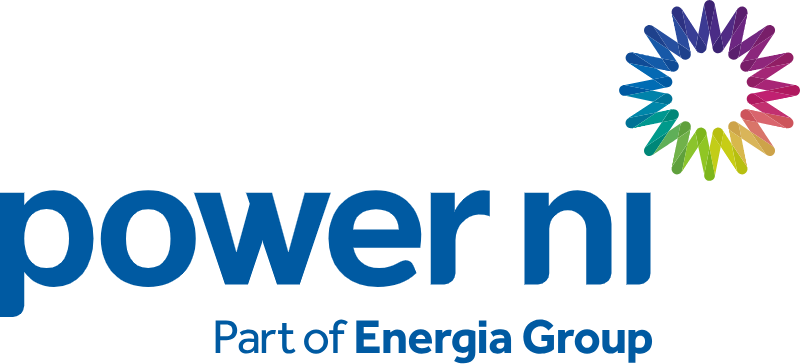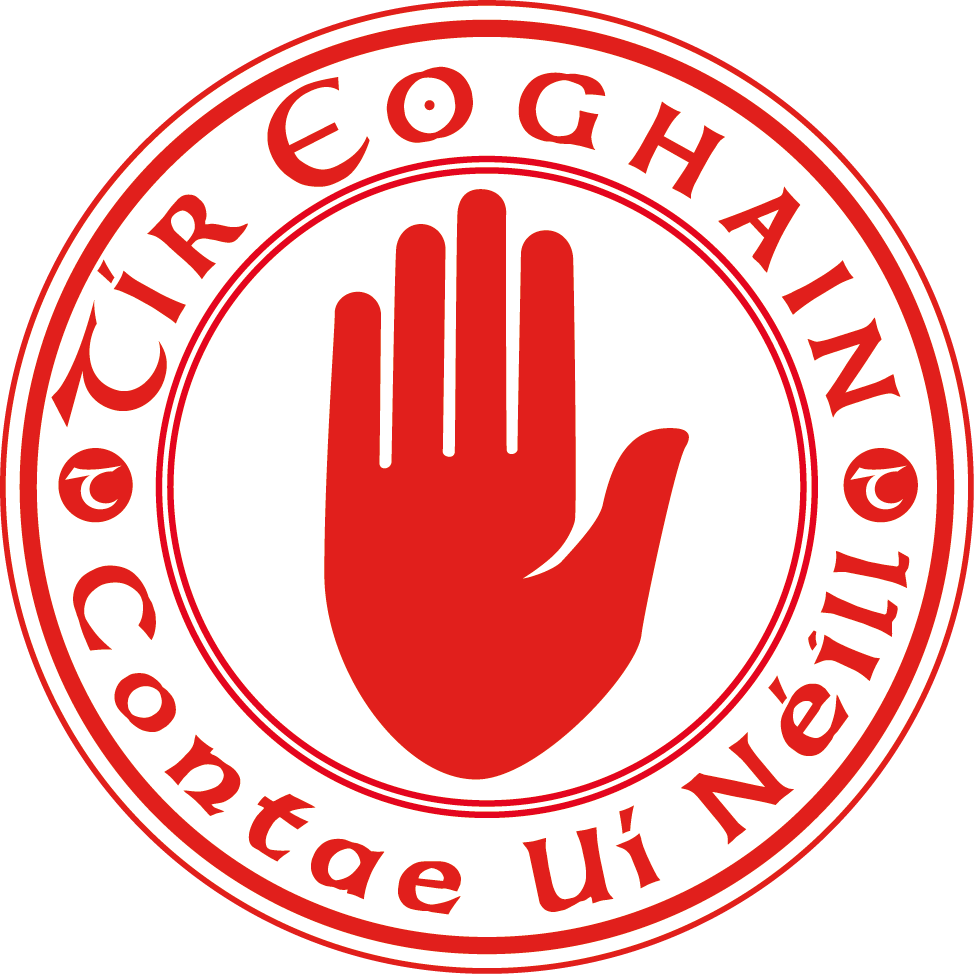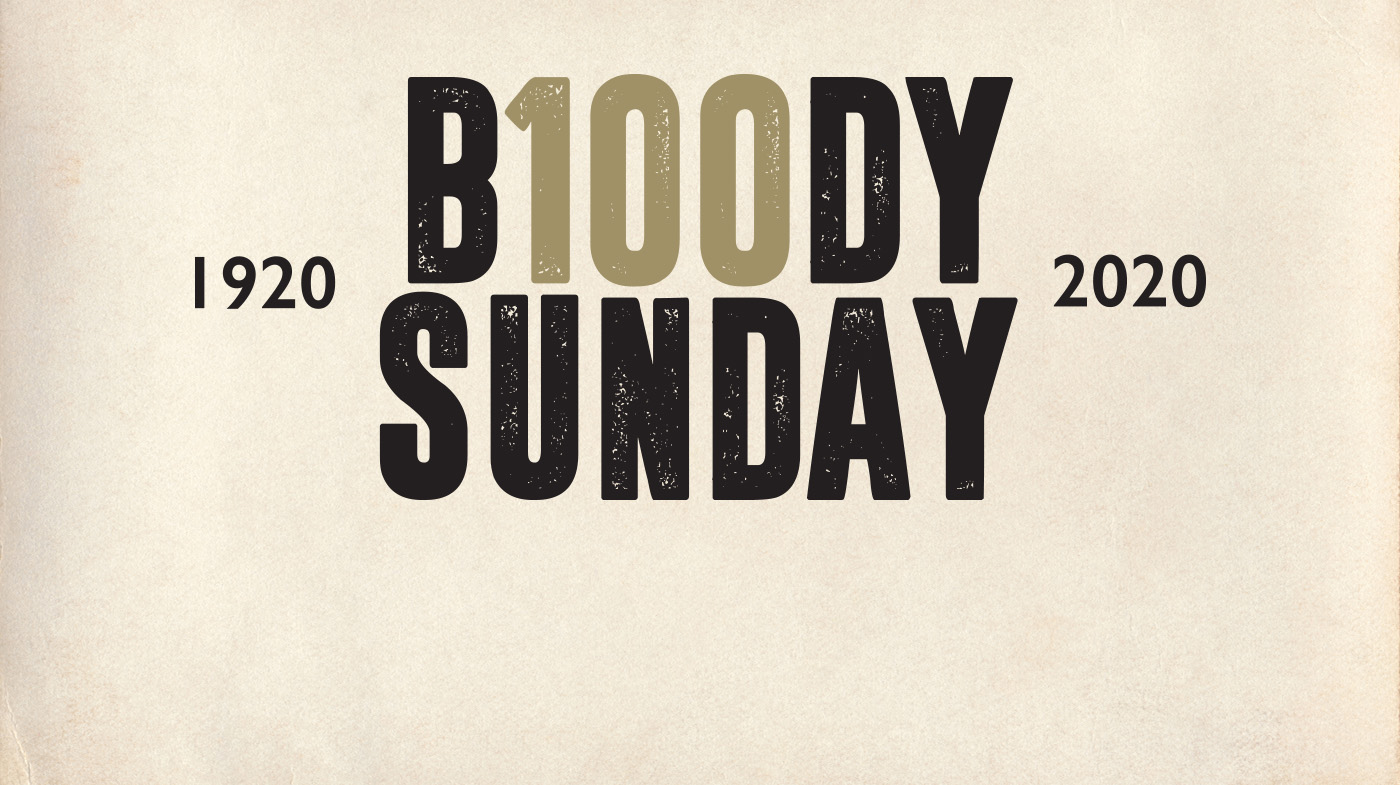
Bloody Sunday, 21 November 1920, turned out to be one of the landmark days in Irish history, with great implications and consequences on the community, Gaelic games, military, national, political and social fronts.
Like most major events it did not happen in isolation, taking place nearly two years into the War of Independence which had effectively started with the IRA’s Soloheadbeg ambush in Tipperary in January 1919.
The immediate lead up to Bloody Sunday included several of Irish history’s apocryphal events.
On October 14, Tipperary’s Seán Treacy, one of the original Soloheadbeg IRA men, was killed in a shoot-out in Talbot Street, Dublin. To this day, at 12.00 noon on the day of any All-Ireland Senior Hurling Final involving their County, Tipperary Gaels hold a commemoration event at that same spot in Talbot Street.
Eleven days later Terence MacSwiney, the republican Lord Mayor of Cork, died in London’s Brixton Prison after 74 days on hunger strike protesting at his illegal detention.
And on 1 November, All Saints Day, Kevin Barry was hanged in Mountjoy Jail, Dublin. Six weeks to the day earlier, on September 20, he was involved in an ambush on the British military in Dublin when a British soldier was killed.
It truly was a time of turmoil.
Sunday morning, 21 November 1920, began with one of the most devasting IRA operations of the War of Independence. Concentrated in what we now know as ‘Dublin 4’, IRA teams made coordinated 9.00am attacks on British military/secret service agents, mostly in their own homes/lodgings in Baggot Street, Earlsfort Terrace, Fitzwilliam Square, Morehampton Road, Mount Street and Upper Pembroke Street. Another attack took place in The Gresham Hotel in O’Connell Street. In all 15 men were killed in these operations.
One of the IRA men involved was Sean Lemass who, 39 years later would become Taoiseach.
The reprisal for what happened was rapid and lethal.
That Sunday afternoon Dublin were to play Tipperary, in, in the style of the times, a ‘Great Challenge Match’ at Croke Park. These were the football master-teams of the time and anything up to 15,000 people went to the game.
Due to start at 2.45pm the crowd-delayed throw-in wasn’t until 3.15. By this time a combination of the Duke of Wellington’s Regiment soldiers, Auxiliaries, Black and Tans and RIC men had convened on Croke Park, notionally to search for arms and wanted men. The soldiers spread out from Clonliffe Road/St James Avenue (now the way in to Croke Park for any of us heading to the Cusack Stand) whilst the others were concentrated at the Royal Canal bridge on Jones Road, beside where the Croke Park Hotel now stands.
The shooting started at that Canal End, at about 3.25pm and without warning or cause. The crowd instinctively surged towards what’s the Hill 16 and Cusack Stand sides of the ground, many crushing into St James Avenue where a military armoured car started firing. It was here that Bloody Sunday’s sole woman victim, Jane Boyle, died.
Meanwhile the players were fleeing the pitch. Michael Hogan, 24-year-old right full-back on the Tipperary team, had reached the corner of the pitch in front of what’s now Hill 16 when he was hit. He died, wearing his Tipperary jersey, lying on the cinder cycling track that then encircled the pitch but with his feet still on the grass. For that game, in a time when Counties did not have fixed County colours, Tipperary wore the white-jersey-with-a-green-hoop of Michael Hogan’s home Club, Grangemockler.
On this Sunday coming, Tipperary will once again wear those colours for their 2020 Munster Senior Football Final with Cork.
The Croke Park shooting lasted for just 90 seconds. But it left 14 people dead and several hundred wounded or injured in the crowd panic.
Later that night Dublin IRA leaders Dick McKee and Peadar Clancy and civilian Conor Clune were tortured and then killed in Dublin Castle by the authorities.
By the time Bloody Sunday 1920 was over, 32 people were dead.
Its consequences were huge. The early morning killings of the British officers shook the British establishment to the core whilst the afternoon massacre at Croke Park reinforced an already vibrant nationalist and republican sentiment. A week later Tom Barry’s IRA Flying Column ambushed and killed 17 Auxiliaries at Kilmichael in West Cork. Soon after the authorities started applying Martial Law to Ireland.
But in a little over six months a Truce was agreed. And after that we had a Free State set up, Civil War, northern partition and all that followed. Ach sin sceal eile.
In 1924 the GAA named its then new Croke Park stand after Michael Hogan. For as long as there’s a Croke Park, there’ll be a Hogan Stand in it.
Those who died in Croke Park along with Michael Hogan on Bloody Sunday 1920 were: | Jane Boyle 26, Dublin | James Burke 44, Dublin | Daniel Carroll 30, Tipperary | Michael Feery 40, Dublin | Tom Hogan 19, Limerick | James Matthews 38, Dublin | Patrick O’Dowd 57, Dublin | Jerome O’Leary 10, Dublin | William Robinson 11, Dublin | Tom Ryan 27, Wexford | John William Scott 14, Dublin | James Teehan 26, Tipperary | Joe Traynor 21, Dublin |
This Saturday evening, from 7.20pm to 8.20pm (symbolically 19.20 to 20.20) many Tyrone GAA Clubs plan to light up their Club grounds in memory of that terrible day in GAA history 100 years ago. Many people will also be placing a lighted candle in their window.
For those who’d like to read more about Bloody Sunday and its contexts and aftermath, there are many sources. But there’s none better than Michael Foley’s masterful ‘The Bloodied Field’, published by The O’Brien Press, Dublin in 1914.
Bloody Sunday, 21 November 1920, turned out to be one of the landmark days in Irish history, with great implications and consequences on the community, Gaelic games, military, national, political and social fronts.
Like most major events it did not happen in isolation, taking place nearly two years into the War of Independence which had effectively started with the IRA’s Soloheadbeg ambush in Tipperary in January 1919.
The immediate lead up to Bloody Sunday included several of Irish history’s apocryphal events.
On October 14, Tipperary’s Seán Treacy, one of the original Soloheadbeg IRA men, was killed in a shoot-out in Talbot Street, Dublin. To this day, at 12.00 noon on the day of any All-Ireland Senior Hurling Final involving their County, Tipperary Gaels hold a commemoration event at that same spot in Talbot Street.
Eleven days later Terence MacSwiney, the republican Lord Mayor of Cork, died in London’s Brixton Prison after 74 days on hunger strike protesting at his illegal detention.
And on 1 November, All Saints Day, Kevin Barry was hanged in Mountjoy Jail, Dublin. Six weeks to the day earlier, on September 20, he was involved in an ambush on the British military in Dublin when a British soldier was killed.
It truly was a time of turmoil.
Sunday morning, 21 November 1920, began with one of the most devasting IRA operations of the War of Independence. Concentrated in what we now know as ‘Dublin 4’, IRA teams made coordinated 9.00am attacks on British military/secret service agents, mostly in their own homes/lodgings in Baggot Street, Earlsfort Terrace, Fitzwilliam Square, Morehampton Road, Mount Street and Upper Pembroke Street. Another attack took place in The Gresham Hotel in O’Connell Street. In all 15 men were killed in these operations.
One of the IRA men involved was Sean Lemass who, 39 years later would become Taoiseach.
The reprisal for what happened was rapid and lethal.
That Sunday afternoon Dublin were to play Tipperary, in, in the style of the times, a ‘Great Challenge Match’ at Croke Park. These were the football master-teams of the time and anything up to 15,000 people went to the game.
Due to start at 2.45pm the crowd-delayed throw-in wasn’t until 3.15. By this time a combination of the Duke of Wellington’s Regiment soldiers, Auxiliaries, Black and Tans and RIC men had convened on Croke Park, notionally to search for arms and wanted men. The soldiers spread out from Clonliffe Road/St James Avenue (now the way in to Croke Park for any of us heading to the Cusack Stand) whilst the others were concentrated at the Royal Canal bridge on Jones Road, beside where the Croke Park Hotel now stands.
The shooting started at that Canal End, at about 3.25pm and without warning or cause. The crowd instinctively surged towards what’s the Hill 16 and Cusack Stand sides of the ground, many crushing into St James Avenue where a military armoured car started firing. It was here that Bloody Sunday’s sole woman victim, Jane Boyle, died.
Meanwhile the players were fleeing the pitch. Michael Hogan, 24-year-old right full-back on the Tipperary team, had reached the corner of the pitch in front of what’s now Hill 16 when he was hit. He died, wearing his Tipperary jersey, lying on the cinder cycling track that then encircled the pitch but with his feet still on the grass. For that game, in a time when Counties did not have fixed County colours, Tipperary wore the white-jersey-with-a-green-hoop of Michael Hogan’s home Club, Grangemockler.
On this Sunday coming, Tipperary will once again wear those colours for their 2020 Munster Senior Football Final with Cork.
The Croke Park shooting lasted for just 90 seconds. But it left 14 people dead and several hundred wounded or injured in the crowd panic.
Later that night Dublin IRA leaders Dick McKee and Peadar Clancy and civilian Conor Clune were tortured and then killed in Dublin Castle by the authorities.
By the time Bloody Sunday 1920 was over, 32 people were dead.
Its consequences were huge. The early morning killings of the British officers shook the British establishment to the core whilst the afternoon massacre at Croke Park reinforced an already vibrant nationalist and republican sentiment. A week later Tom Barry’s IRA Flying Column ambushed and killed 17 Auxiliaries at Kilmichael in West Cork. Soon after the authorities started applying Martial Law to Ireland.
But in a little over six months a Truce was agreed. And after that we had a Free State set up, Civil War, northern partition and all that followed. Ach sin sceal eile.
In 1924 the GAA named its then new Croke Park stand after Michael Hogan. For as long as there’s a Croke Park, there’ll be a Hogan Stand in it.
Those who died in Croke Park along with Michael Hogan on Bloody Sunday 1920 were: | Jane Boyle 26, Dublin | James Burke 44, Dublin | Daniel Carroll 30, Tipperary | Michael Feery 40, Dublin | Tom Hogan 19, Limerick | James Matthews 38, Dublin | Patrick O’Dowd 57, Dublin | Jerome O’Leary 10, Dublin | William Robinson 11, Dublin | Tom Ryan 27, Wexford | John William Scott 14, Dublin | James Teehan 26, Tipperary | Joe Traynor 21, Dublin |
This Saturday evening, from 7.20pm to 8.20pm (symbolically 19.20 to 20.20) many Tyrone GAA Clubs plan to light up their Club grounds in memory of that terrible day in GAA history 100 years ago. Many people will also be placing a lighted candle in their window.
For those who’d like to read more about Bloody Sunday and its contexts and aftermath, there are many sources. But there’s none better than Michael Foley’s masterful ‘The Bloodied Field’, published by The O’Brien Press, Dublin in
